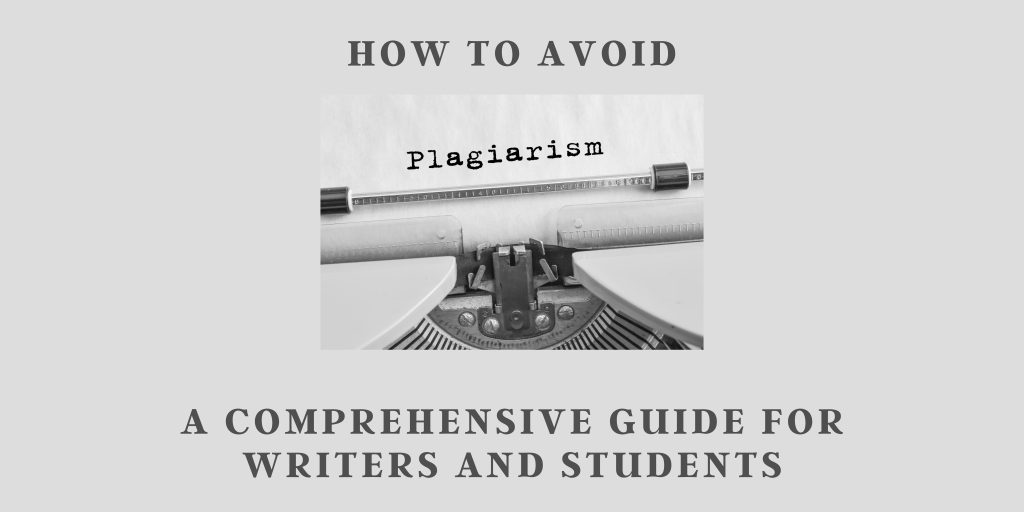Plagiarism is the act of presenting someone else’s work as your own, without proper attribution. It can have serious consequences for writers and students, including academic penalties, damage to one’s reputation, and legal issues. In this blog post, we will provide a comprehensive guide to help writers and students avoid plagiarism and maintain academic integrity.
- Understand what constitutes plagiarism: To avoid plagiarism, you need to be aware of its various forms. Plagiarism can occur when you:
- Copy and paste text from a source without proper citation
- Paraphrase someone else’s work without acknowledgment
- Use someone’s ideas without giving credit
- Present work previously submitted by yourself as new material (self-plagiarism)
- Learn proper citation and referencing techniques: Proper citation and referencing are crucial to avoiding plagiarism. Familiarize yourself with the citation style required by your institution or publisher (e.g., APA, MLA, Chicago, or Harvard) and ensure that you correctly cite all sources used in your writing.
- Use quotation marks for direct quotes: When quoting a source directly, use quotation marks and include a citation with the author’s name, publication date, and page number (if applicable). This helps differentiate the quoted material from your own words and acknowledges the original author.
- Paraphrase effectively: When paraphrasing, you must rewrite the original content in your own words while maintaining the original meaning. Be sure to use different sentence structures and synonyms to create a unique expression of the idea. Don’t forget to cite the source, as paraphrasing still requires proper attribution.
- Include your own analysis and interpretation: Rather than relying solely on the ideas of others, demonstrate your understanding and critical thinking by providing your own analysis and interpretation of the information. This not only helps avoid plagiarism but also adds value to your work.
- Take thorough notes and keep track of sources: When researching, take clear and organized notes, including the source information for any ideas or quotes you plan to use. This will make it easier to properly cite your sources during the writing process and help prevent accidental plagiarism.
- Use plagiarism detection tools: Several plagiarism detection tools, such as Turnitin, Grammarly, and Copyscape, can help you identify potential instances of plagiarism in your work. Use these tools to double-check your writing before submission, but remember that they should not replace your own diligence in properly citing and paraphrasing sources.
- Ask for help or feedback: If you’re unsure about whether your work constitutes plagiarism or if you’ve properly cited your sources, ask a teacher, mentor, or colleague for feedback. They can provide guidance on how to improve your writing and ensure that you’ve properly attributed all borrowed ideas.
- Develop good time management habits: Poor time management can lead to plagiarism when students feel pressured to complete assignments quickly. Plan your research and writing schedule to give yourself enough time to properly cite and paraphrase sources, as well as seek feedback from others.
Avoiding plagiarism is essential for maintaining academic integrity and protecting your reputation as a writer or student. By understanding what plagiarism is, learning proper citation techniques, and following the guidelines provided in this comprehensive guide, you can create original, high-quality work that demonstrates your knowledge and critical thinking abilities.
